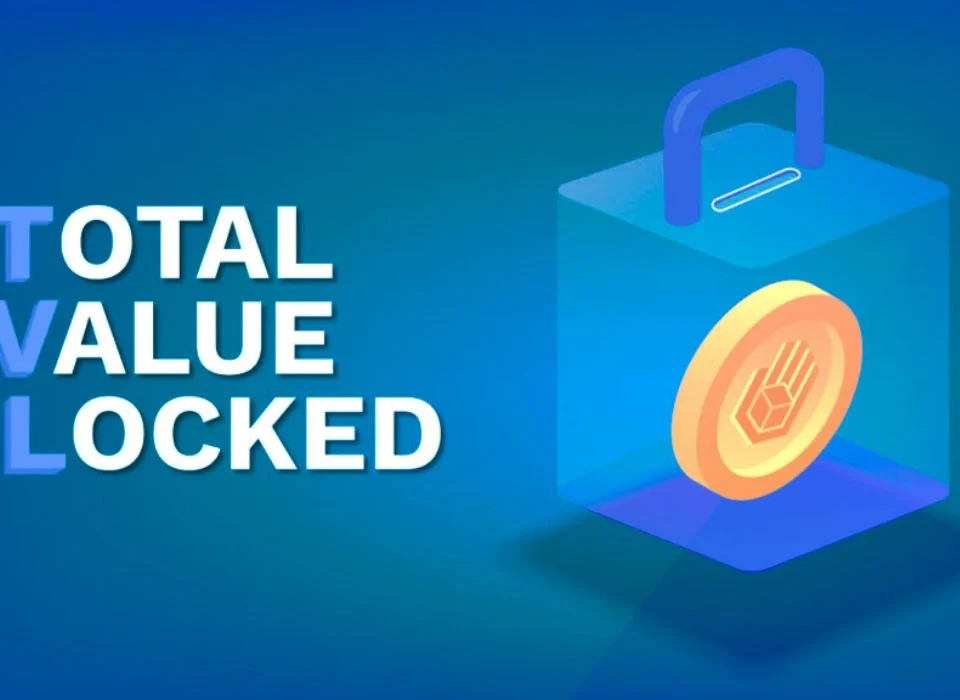
Understanding the Different Types of Crypto Wallets
18/07/2024
The Role of Oracles in Blockchain Technology
18/07/2024How to Perform Fundamental Analysis on Cryptocurrencies
Fundamental analysis is a critical approach for evaluating the intrinsic value of cryptocurrencies. Unlike technical analysis, which focuses on price movements and trading volumes, fundamental analysis involves examining various factors that influence the value of a cryptocurrency. This comprehensive guide will explore the key components and steps to perform fundamental analysis on cryptocurrencies, helping you make informed investment decisions.

Introduction to Fundamental Analysis
What is Fundamental Analysis?
Fundamental analysis involves evaluating a cryptocurrency’s intrinsic value by examining various factors, including its technology, use cases, team, market potential, and overall ecosystem. The goal is to determine whether a cryptocurrency is overvalued or undervalued based on its fundamentals.
Importance of Fundamental Analysis
Fundamental analysis provides a deeper understanding of a cryptocurrency’s long-term potential. It helps investors identify promising projects, avoid scams, and make informed investment decisions. By analyzing fundamental factors, investors can gain insights into the sustainability and growth prospects of a cryptocurrency.
Key Components of Fundamental Analysis
1. Technology and Development
Blockchain and Protocol
Evaluate the underlying technology and blockchain protocol. Consider factors such as scalability, security, consensus mechanism, and the uniqueness of the technology. For example, compare Bitcoin’s proof-of-work (PoW) mechanism with Ethereum’s transition to proof-of-stake (PoS).
Development Team
Assess the expertise and track record of the development team. A strong team with a history of successful projects can be a positive indicator. Check their LinkedIn profiles, previous work, and contributions to the blockchain community.
Roadmap and Updates
Examine the project’s roadmap and development updates. A clear and achievable roadmap indicates the project’s direction and long-term vision. Regular updates and progress reports demonstrate the team’s commitment to the project’s success.
2. Use Case and Utility
Problem Solving
Determine the real-world problem the cryptocurrency aims to solve. A cryptocurrency with a clear use case and practical applications is more likely to succeed. For example, Chainlink provides decentralized oracles that enhance smart contract functionality.
Adoption and Partnerships
Evaluate the level of adoption and partnerships. Partnerships with reputable companies and integrations with other blockchain projects can drive adoption and increase the cryptocurrency’s value. For example, Ripple’s partnerships with financial institutions highlight its utility in cross-border payments.
User Base and Community
Consider the size and activity of the user base and community. A large, active community can contribute to the project’s growth and adoption. Community engagement on platforms like Reddit, Telegram, and Twitter can provide insights into user sentiment and project support.
3. Market Potential
Total Addressable Market (TAM)
Estimate the total addressable market for the cryptocurrency. A larger market potential indicates greater opportunities for growth. For instance, Bitcoin targets the global store of value market, which is substantial.
Competitive Landscape
Analyze the competitive landscape. Identify the project’s competitors and assess their strengths and weaknesses. Understanding the competition helps gauge the cryptocurrency’s unique value proposition and potential market share.
Regulatory Environment
Consider the regulatory environment in which the cryptocurrency operates. Favorable regulations can facilitate growth, while stringent regulations may pose challenges. Stay updated on regulatory developments and their potential impact on the project.
4. Financial Metrics
Market Capitalization
Market capitalization (market cap) is a key metric that reflects the total value of a cryptocurrency. It is calculated by multiplying the current price by the total supply of coins. Compare the market cap with similar projects to assess relative valuation.
Liquidity and Trading Volume
Analyze liquidity and trading volume to gauge market interest and the ease of buying or selling the cryptocurrency. High liquidity and trading volume indicate strong market participation and investor interest.
Tokenomics
Examine the cryptocurrency’s tokenomics, including supply distribution, inflation rate, and use cases for the token. Understanding how tokens are distributed and used within the ecosystem can provide insights into potential value appreciation.
Steps to Perform Fundamental Analysis
Step 1: Gather Information
Collect comprehensive information about the cryptocurrency. This includes the whitepaper, official website, development updates, and news articles. Use reputable sources to ensure accuracy.
Step 2: Analyze the Technology
Evaluate the technology and blockchain protocol. Look for innovations, scalability solutions, and security features. Compare the technology with other projects to understand its competitive edge.
Step 3: Assess the Development Team
Research the development team’s background and track record. Look for experienced team members with a history of successful projects. Verify their credentials and contributions to the blockchain space.
Step 4: Examine the Use Case
Understand the problem the cryptocurrency aims to solve and its real-world applications. Assess the practicality and potential adoption of the use case. Consider partnerships and integrations that enhance utility.
Step 5: Evaluate Market Potential
Analyze the total addressable market and competitive landscape. Identify the cryptocurrency’s target market and potential for growth. Consider the impact of regulations on the project’s success.
Step 6: Review Financial Metrics
Examine market capitalization, liquidity, and trading volume. Analyze the cryptocurrency’s tokenomics, including supply distribution and use cases. Compare these metrics with similar projects for relative valuation.
Step 7: Monitor Community and Adoption
Track community engagement and adoption metrics. Active communities and growing user bases are positive indicators. Monitor social media platforms and forums for user sentiment and project support.
Step 8: Stay Updated on Developments
Stay informed about the latest developments, partnerships, and regulatory changes. Regularly review updates from the development team and monitor news that could impact the cryptocurrency’s value.
Case Studies
Case Study 1: Bitcoin (BTC)
Technology and Development
Bitcoin introduced the first decentralized blockchain and proof-of-work consensus mechanism. Its security and decentralization are unmatched, making it the most secure blockchain network.
Use Case and Utility
Bitcoin serves as a digital store of value and a hedge against inflation. Its limited supply and decentralized nature make it an attractive alternative to traditional assets.
Market Potential
Bitcoin targets the global store of value market, competing with gold and other safe-haven assets. Its market cap and adoption continue to grow, attracting institutional investors.
Financial Metrics
Bitcoin has the highest market cap and liquidity among cryptocurrencies. Its widespread adoption and strong network effects contribute to its dominant position.
Case Study 2: Ethereum (ETH)
Technology and Development
Ethereum introduced smart contracts, enabling decentralized applications (dApps) and DeFi platforms. Its transition to Ethereum 2.0 aims to improve scalability and energy efficiency through proof-of-stake.
Use Case and Utility
Ethereum powers a vast ecosystem of dApps, DeFi platforms, and NFTs. Its versatility and developer-friendly environment drive innovation and adoption.
Market Potential
Ethereum targets multiple markets, including decentralized finance, gaming, and digital art. Its diverse use cases and active developer community position it for significant growth.
Financial Metrics
Ethereum has the second-largest market cap and high liquidity. Its strong network effects and growing adoption in DeFi and NFTs contribute to its value.
Conclusion
Performing fundamental analysis on cryptocurrencies involves evaluating various factors, including technology, development team, use case, market potential, and financial metrics. By systematically analyzing these components, investors can make informed decisions and identify promising projects. As the cryptocurrency market evolves, staying updated on developments and continuously refining your analysis skills will be crucial for successful investing.
Fundamental analysis provides a comprehensive approach to understanding the long-term potential of cryptocurrencies. By considering both quantitative and qualitative factors, investors can navigate the volatile cryptocurrency market with greater confidence and make decisions that align with their investment goals.



